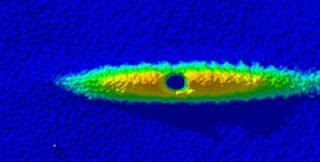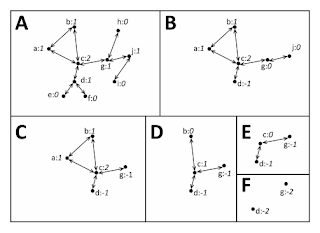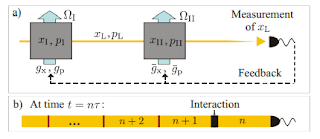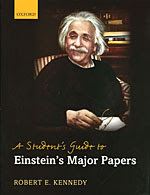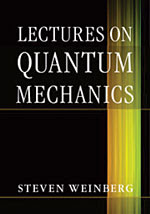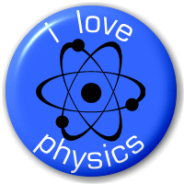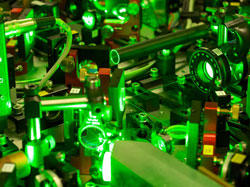Abstract
The Institute of Physics New Quantum Curriculum consists of freely available online learning and teaching materials (quantumphysics.iop.org) for a first course in university quantum mechanics starting from two-level systems. This approach immediately immerses students in inherently quantum mechanical aspects by focusing on experiments that have no classical explanation. It allows from the start a discussion of interpretive aspects of quantum mechanics and quantum information theory. This article gives an overview of the resources available at the IOP website. The core text is presented as around 80 articles co-authored by leading experts that are arranged in themes and can be used flexibly to provide a range of alternative approaches. Many of the articles include interactive simulations with accompanying activities and problem sets that can be explored by students to enhance their understanding. Much of the linear algebra needed for this approach is part of the resource. Solutions to activities are available to instructors. The resources can be used in a variety of ways from supplements to existing courses to a complete programme.
I'm encouraging this as our very advancement in technology takes place on the quantum level: your cell phone, your laptop, your I-pad, your apps. All of that would not be possible except for something Einstein derisively called: "Spukhafte Fernwirkung," literally "spooky action at a distance" (and he was not amused). I guess my only regret is there's not a more introductory class, a "laymen's course" in quantum mechanics; presented by kind of a Carl Sagan of theoretical physics.
So, when you get into a "debate" on quantum mechanics, you'll likely hear: "so is light a particle, or a wave, and why don't scientists know? When you answer its "both" it's seen as a cop out; that you really don't know what you're talking about (and neither do the scientists). Scrodinger's cat is both "living and dead" as light is both particle and wave; quarks; many-worlds theory. Quantum physics is weird, and it's why Einstein had such a strong reaction to it, even though he helped create it.
You can always utter "Spukhafte Fernwirkung" and march away gruffly. You're literally making yourself a "ghost" and avoiding empty philosophical debates. Practice your German and say it with emphasis on the syllables. They'll roll their eyes and think you're speaking Klingon...inform them later. Qapla'!

Physics arXiv:
A new introductory quantum mechanics curriculum
Optimization of Simulations for a New Introductory Quantum Mechanics Curriculum



